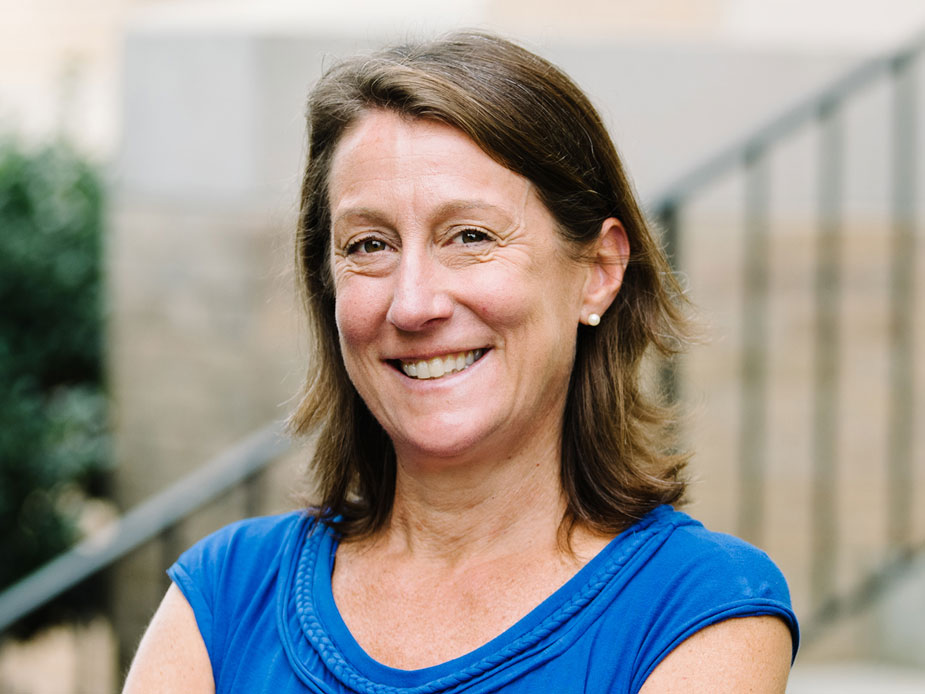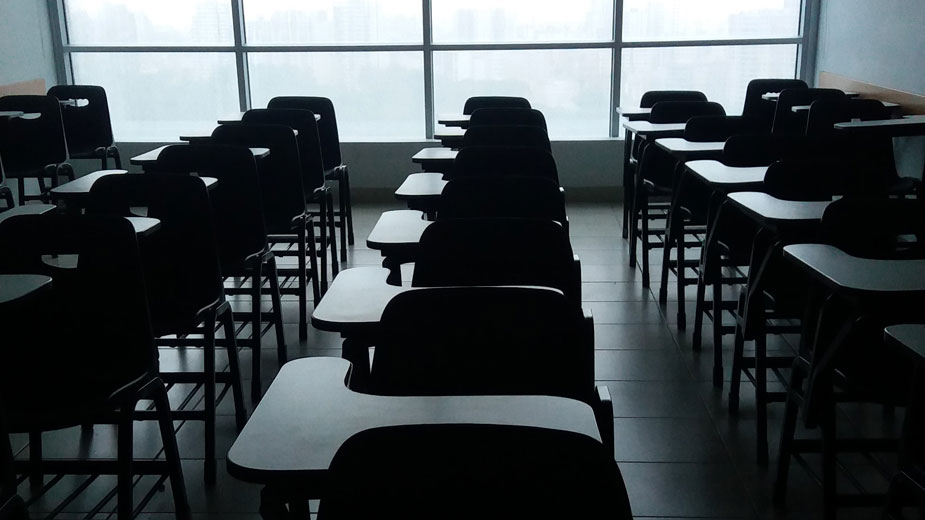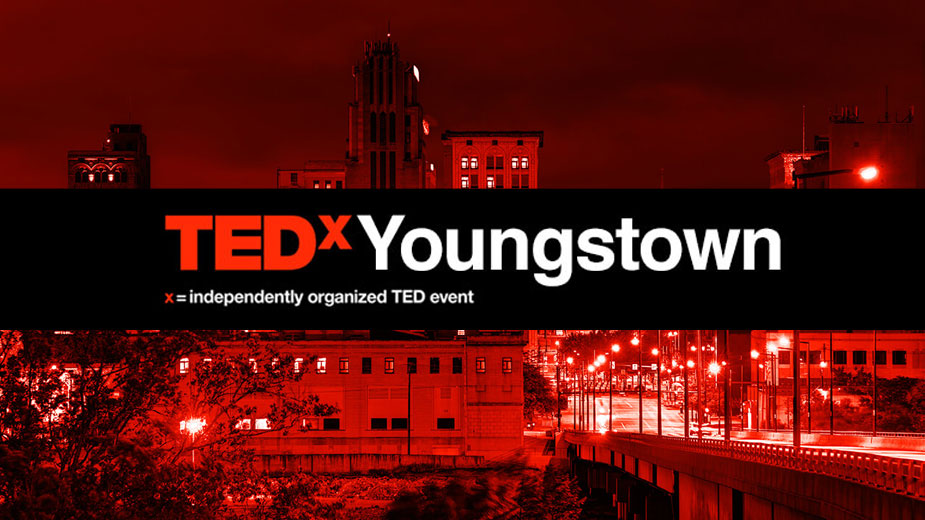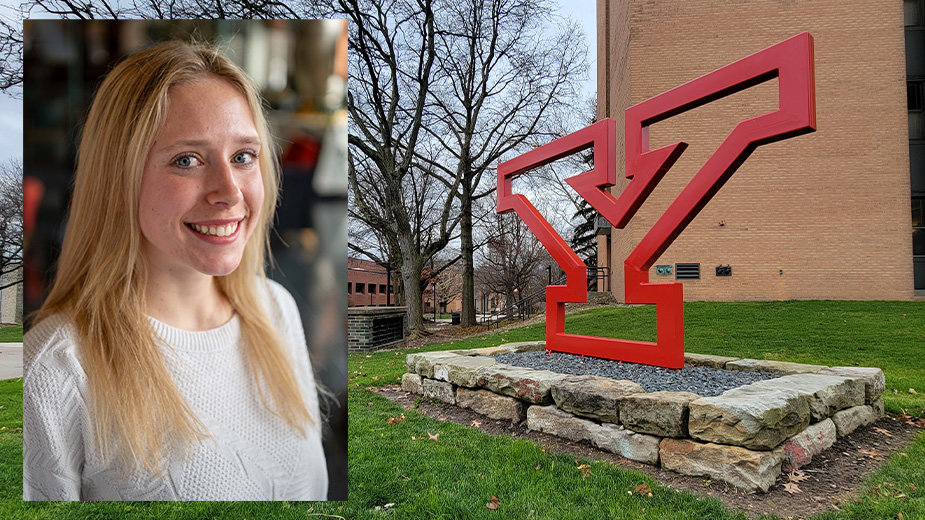Diagnosing COVID-19’s Impact on Learning
YOUNGSTOWN, Ohio — As debates continue over how best to enter the new school year – either with in-person classes, the continuation of distance learning or a combination of the two – questions arise about the impact that coronavirus will have on students.
But exactly what that impact is won’t be known for some time.
“We don’t know yet. We have to do it and gather data from it to really understand that,” says Cheryl Mason Bolick, a professor of education at the University of North Carolina who leads the department’s culture, curriculum and teacher education area. “With what we know about young learners, adolescents and their development, it’s important to keep them engaged intellectually, physically and emotionally, whether it’s remotely or in person. Without engaging in the debate about whether we go back [to in-person classes] or not, it’s important that schools in our society keep kids engaged.”
In late May, the Brookings Institution published a report examining what students could be losing because of schools’ sudden shift to online education. While there’s no direct parallel to the coronavirus pandemic, the research institute looked at studies on the educational effects of summer break, absenteeism and natural disasters like Hurricane Katrina. The study compared that research to an examination of five million results from MAP – measure of academic progress – tests taken in the fall, winter and spring by students in grades three through eight during the regular school year.
Two of the most affected areas are likely to be reading and math, with students potentially returning to school with just 70% and 50% of their learning gains from the 2019-20 school year, the study found. And in the lower grades, retention is likely to be lower, with fourth-grade students on a trajectory to start the new school year where third-grade students have historically started.

It’s likely that the full impact of the partially lost school year won’t be known for the better part of a decade, perhaps longer. But we do know that good education outcomes are tied to higher career earnings, better health, higher economic productivity and a more flexible workforce.
“We’re going to have to build the plane as we’re flying. There’s quite a bit we don’t know. We’ll need to be flexible with the curriculum and pacing,” says Meca Williams-Johnson, a professor of education at Georgia Southern University. “In Georgia, many teachers are going to do reteaching and focus on where they left off [in the spring]. A student might have moved forward to sixth grade but the new teacher will teach some of the fifth-grade curriculum so all the students are still getting the information.”
The professor’s focus is primarily on emotions in the classroom and developing curricula. Beyond just being outside the classroom for half a semester – and potentially longer, if a school district decides to stick with online education – students are also dealing with many of the same stresses as adults, Williams-Johnson says.
“High anxiety can cause so many folks to freeze and not think through particular problems and solutions. As educators, we must find ways to ensure that students stay on track academically as much as possible,” she says.
The impact of that anxiety can be mitigated somewhat by classroom relationships, Williams-Johnson and Bolick agree, whether it’s between students themselves or students and teachers. Bolick, whose expertise is in experiential learning, says that she used technologies such as Zoom and Flipgrid – a free platform from Microsoft that allows teachers and students to share videos – to see students and engage with them. In her classes, rather than taking students to a museum or doing hands-on activities, Bolick had students look at digital archives or do activities in their own spaces.
“Reflection is a key component of experiential education; it’s not just the doing of something. That also contributed to the collaborative nature of the learning, because students weren’t just doing the activity then doing a two-page reflection paper,” she says. “They were thinking about it and sharing it with one another and watching each other’s videos before we came back together.”
While such platforms can help keep students engaged, they don’t always offer a level playing field. Not all students have internet access at home and not all students will have parents around to help them with work when class leaves the digital platforms, which can leave students stuck if they have a problem.

“It’s going to have enlarged effects in terms of equity and access, based on economic issues. You’ll see larger gains for those who are in more affluent areas than you do for those who don’t have the means to get the technology to stay connected to their schools,” Williams-Johnson says. “I anticipate we’ll see larger academic gaps [between districts].”
But, Bolick notes, there are best practices that districts can look to so they can minimize that impact.
“This is an area of growth that really needs to be examined if we’re going to stay remote in the fall. We’ve always had a digital divide when it comes to learning with technology,” she says. “What are some of the lessons that [can be taken from] school systems who dug into this and tried to make sure their students could connect? If you have students living in public housing, how can the internet be available there? How can school buses be used as bases?”
Despite the potential impact of losing a year’s worth of schooling, bright spots remain on the horizon, the two experts agree. Williams-Johnson says that because of the prevalence of technology and ways for students, teachers and parents to stay in touch – whether it be through video conferencing platforms, text or even check-in phone calls – relationships can be better formed, which in turn can help to improve academic outcomes.
“I’ve seen a lot of innovation happening in the ways in which we’re meeting with and working with students. I anticipate that in the next five or six years, we’ll see schooling looking different than it did pre-COVID,” she says.
Such innovation is taking place across the field, Bolick continues, pointing to the Association of Experiential Education, which has been hosting webinars for its members to share how their methods have changed.
“We’re rethinking how we teach and how we learn. We’re looking at what we’re learning and keeping in our toolbox when we’re back together,” she says. “We’re thinking about that and the next step is how it affects student learning. We don’t know that yet. The question I keep asking myself is, when I can safely be beside my students, what will my instruction look like? I won’t go back to doing exactly what I did before.”
No matter how it changes, though, Williams-Johnson says the important thing now is that students are learning in any way they can.
“There is a sense that people may feel we are behind in some ways, but the standard has shifted. Everyone across the world has lost time on our pacing guide. I don’t see the competition as the same as it was pre-COVID,” she says. “At this point, it’s about surviving. After we survive, we can see where our gaps are and try to do what we can to catch up if we need to.”
Photo at top by Rubén Rodriguez on Unsplash
Copyright 2024 The Business Journal, Youngstown, Ohio.



